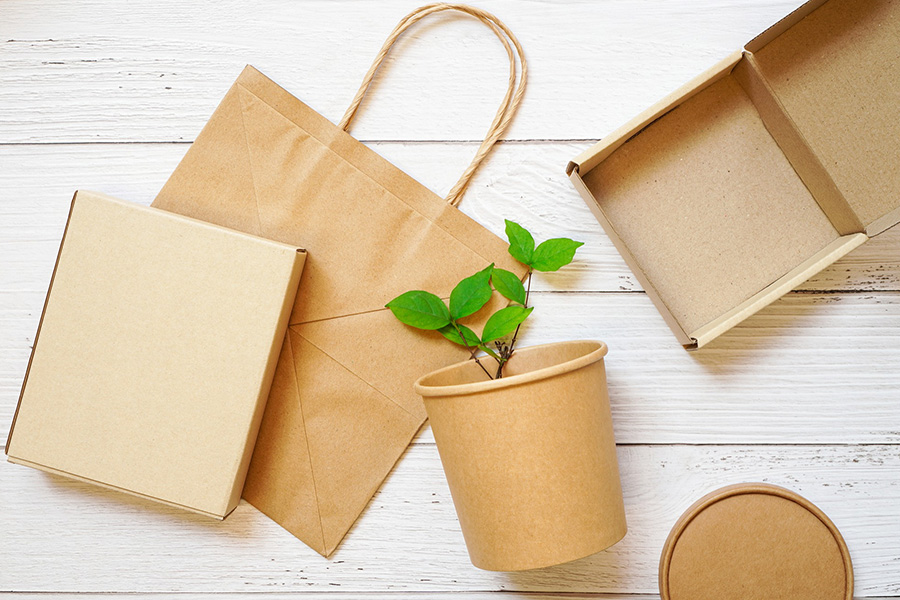
The study concludes that cost of remanufacturing which initially is higher because of recollection phases and reverse logistics costs eventually becomes lower than new manufacturing as soon as system achieves stability and continues to follow the same trend over the period of time.
Authors
Gaganpreet Singh, Associate Professor, Jindal Global Law School, O.P. Jindal Global University, Sonipat, Haryana, India.
Neeraj Pandey, Department of Marketing, National Institute of Industrial Engineering, Mumbai, India.
Summary
The purpose of this paper is to explore green packaging from the process dimension. Specifically, it focuses on understanding the behavior of costs associated with installing green packaging infrastructure.
Methodology
The study used system dynamics to design the model. The model was tested on three industries employed in manufacturing glass bottles to generalize the result.
Findings
The study concludes that cost of remanufacturing which initially is higher because of recollection phases and reverse logistics costs eventually becomes lower than new manufacturing as soon as system achieves stability and continues to follow the same trend over the period of time.
Practical Implications
The study put forwards an explanation to the concerns of manufacturers who were unwilling to install green packaging or remanufacturing infrastructure into their operations because of several cost- and risk-related dilemmas.
Originality
The study extends the academic literature by answering the queries raised by Kassaye and Holloway (2015).
Published in: Benchmarking: An International Journal
To read the full article, please click here.


